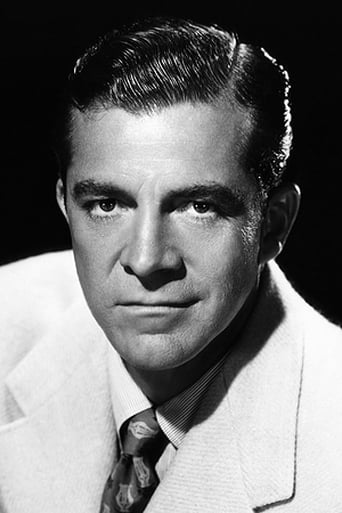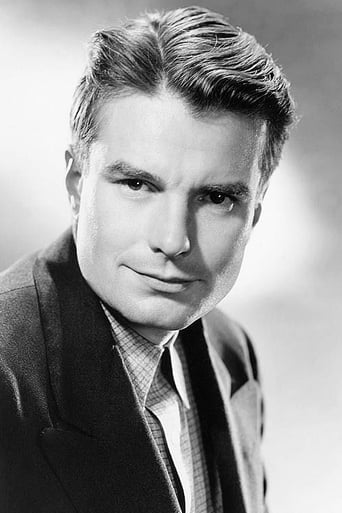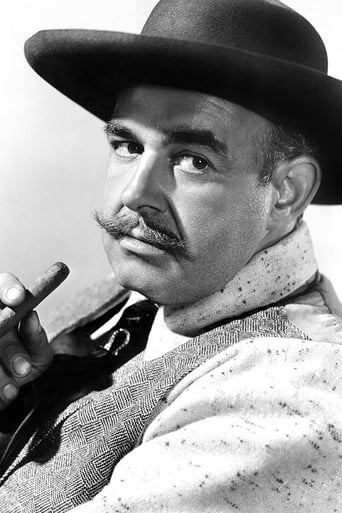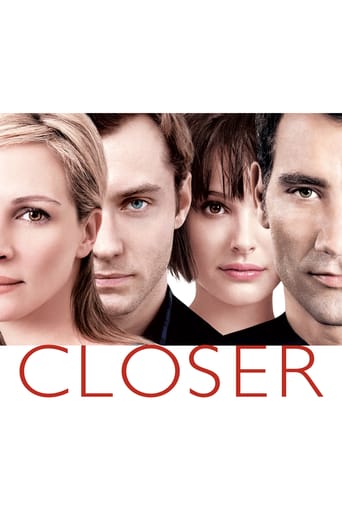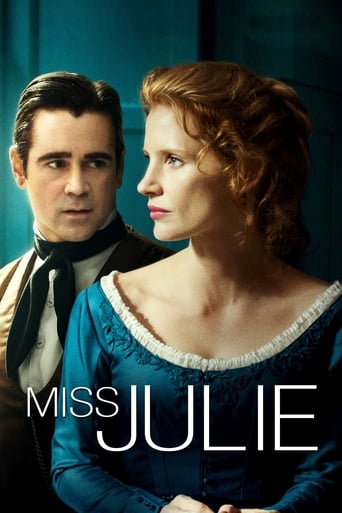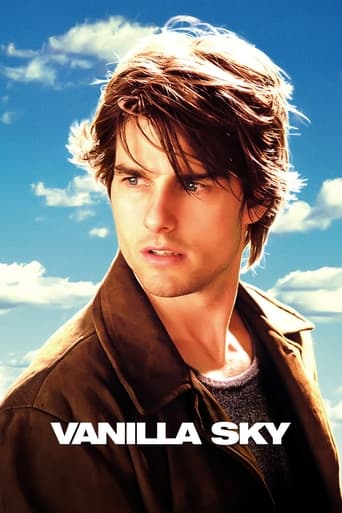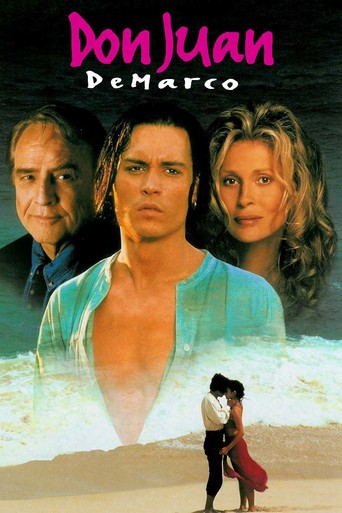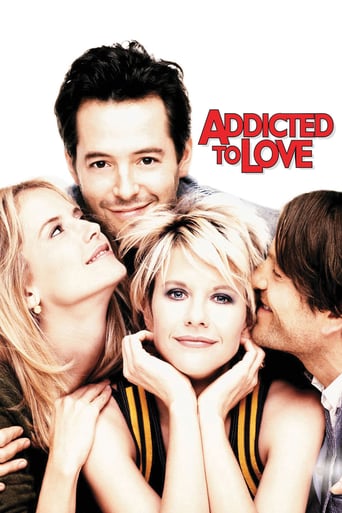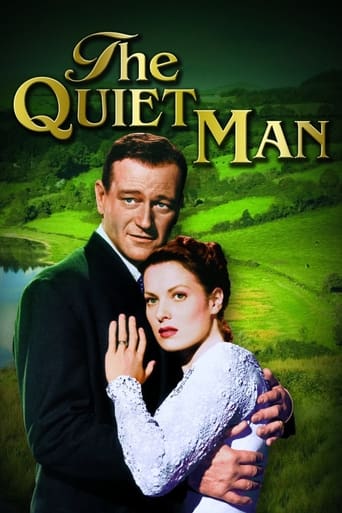
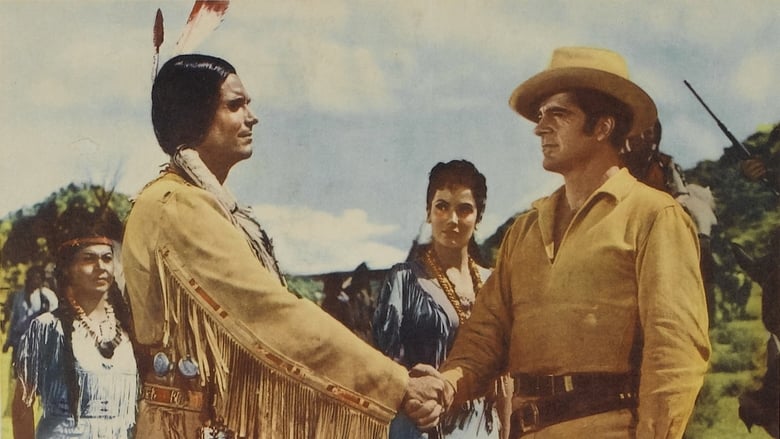
Comanche (1956)
Common efforts of the U.S. government and the Comanche nation to negotiate a peace treaty are sabotaged by renegade Indians and by the short-sighted Indian Commissioner.
Watch Trailer
Cast


Similar titles
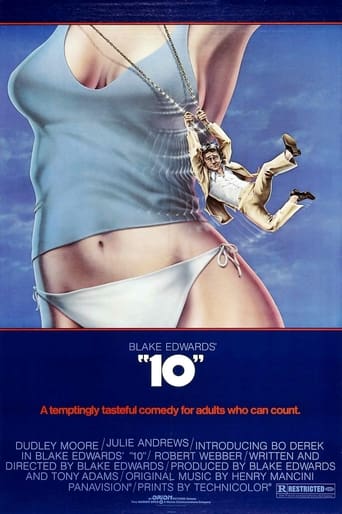
Reviews
This has all the hallmarks of being what later became known as a revisionary Western . By this I mean Hollywood woke up to the fact that the indigenous Native Americans had a raw deal from history and Hollywood movies featuring whooping injuns portrayed as violent savages weren't helping matters much hence in the late 1960s and early 70s you'd get movies like SOLDIER BLUE and LITTLE BIG MAN and later still we had DANCES WITH WOLVES that showed the wild west through the eyes of the Indians . This 1956 film called COMANCHE pre-dates these revisionary Westerns where the poor noble misunderstood savage is set upon by the white man Actually it doesn't because from the outset we're shown it's the Mexican/Hispanic community who are all to blame . We're given a short history lesson that when Spain conquered Mexico the Spanish held the Comanches at gunpoint and made them work down the mines gathering silver . Understandably the native population were a bit angry about this and revolted leading to the Spanish to stamp upon them . After Mexico gained its independence the slaughter continued with Mexicans putting a bounty on Indian scalps 100 dollars for a warrior , 50 dollars for a squaw and 25 dollars for a child" Wow Theo that is so cruel and if anyone did that today they'd be getting arrested and tried for crimes against humanity at The Hague " Undoubtedly and rightly but you have to ask yourself a rhetorical question that would the native population of the United States be getting a better deal ? No they wouldn't this film tends to ignore this and seems to portray the United States White Anglo-Saxon Protestant as being morally superior to that of their Hispanic neighbours who are portrayed as being as untrustworthy but are very good guitar players and it's left to an American WASP to save the day This cultural arrogance is not so much offensive but a great pity because COMANCHE did have some potential to be a good Western that would have appealed to people who don't like the Western genre . It does try to push the boat out against the Hays Code by having a slightly sadistic streak but then sabotages it by including a couple of songs over the soundtrack
There's nothing like seeing close-ups of actors portraying Native Americas / American Indians, who have blue eyes. The huge "buck" who throws a man off a cliff (when he's actually at the top of a sloping hill) is somewhat familiar Austro-Hungarian actor Mike Mazurki. The movie is really lame, just another celebration of the story of European subjugation of a continent through complete lack of respect for other cultures. And we wonder why Muslims don't love us? Might be worth watching by film students who want to learn how NOT to make a movie. If you don't grasp my meaning by my summary, maybe you would like this film. Granted, the production values are high, but the overwhelming white-bias that the film typifies should not be lost on viewers. Quanah Parker in a headdress with bison horns is typical Hollywood fluff. The most ethnic of actors portraying characters of any significance in this film is Nestor Paiva, whose role include such distinguished native portrayals as a Po-Ho chief and a Native Guide, on the animated series, Jonny Quest. Comanche is worth watching if you are bored and have nothing else to do, but don't pay money to rent it! I will grant, for the sake of full disclosure, the following: (1) I am NOT an American Indian, and (2) I DO have a degree in American Indian Studies from the University of Wisconsin.
The film offers two unique features I haven't seen in a Western before. For starters, it utilizes Americans as intermediaries between the warring Mexicans and Comanches, involved in a years long series of revenge massacres by both sides. The other would have to be the finale where Chief Quanah Parker (Kent Smith) doesn't interfere in the battle between the Cavalry and Black Cloud's (Henry Brandon) renegade band of Comanches. As an aside, I would also go so far as to suggest that I've never seen as many Indians in one place at one time on the movie screen.Dana Andrews portrays cavalry scout Jim Read, by now relegated to films of lesser quality than those in which he gained his stature as a genuine Hollywood star (1944's "Laura" and 1946's "The Best Years Of Our Lives"). Producers considered him an actor of limited range and it didn't help his reputation that he drank too much. Andrews appeared competent here, although the role didn't call for a lot more than your typical cavalry Western. The story matched him up with partner Nestor Paiva as an old salt frontiersman named Puffer. Apparently it was someone's idea to have Paiva resurrect the character of Gabby Hayes, but doing a Walter Brennan impersonation. That kept me off balance for a while, but I did get a chuckle out of Mike Mazurki calling black jack on Puffer in one scene.The other casting decision of note was the American film debut of Linda Cristal, who I would not have recognized apart from her starring role in 'The High Chapparal'. The pace of her relationship with Read seemed a bit forced, particularly given the circumstances of her capture by the Comanches.Catching the film the other day on Turner Classics, I was impressed by the color cinematography given the era. Offered in wide screen letterbox format, the film makers took full advantage of the natural beauty in the Durango area of Old Mexico. Where they could have improved though was the selection of a theme song; the bouncy beat of "A man is as good as his word" kept me making an unintentional comparison to the "Bonanza" TV series, quite expecting to see the Cartwrights round the corner at any moment. Which would have been some trick, since they were still a few years off.
This colorful western has plenty of action and the beautiful landscapes of Durango, Mexico as the setting for a story of war and peace on the Texas plains between the U.S. cavalry and the Comanches. The Indians also attack Mexican villages and take horses and captives and rampage on both sides of the Rio Grande. Dana Andrews is the scout whose task it is to convince Quanah Parker to stop raids into Mexico and talk peace with the American soldiers. Of course, the quest for peace is threatened by white scalp hunters and renegade Indians. There are several good cavalry-Indian battles in this film which was the American debut of Mexican movie star Linda Cristal, who is Andrews' love interest. The music score is decent but the warbling by Alfred Perry and company is out of place in this kind of western. It is also worth noting that several lines of dialogue in this film were lifted verbatim from Elliott Arnold's excellent work, "Blood Brother", which details the Apache wars and the friendship between Cochise and Tom Jeffords. Many of Quanah Parker's ideas of war and peace were taken word-for-word from Arnold's novel and attributed to the Comanche chief to portray him as the sage leader of "the lords of the south plains". One wonders if Arnold ever received credit or acknowledgment for the screenplay in this movie.


